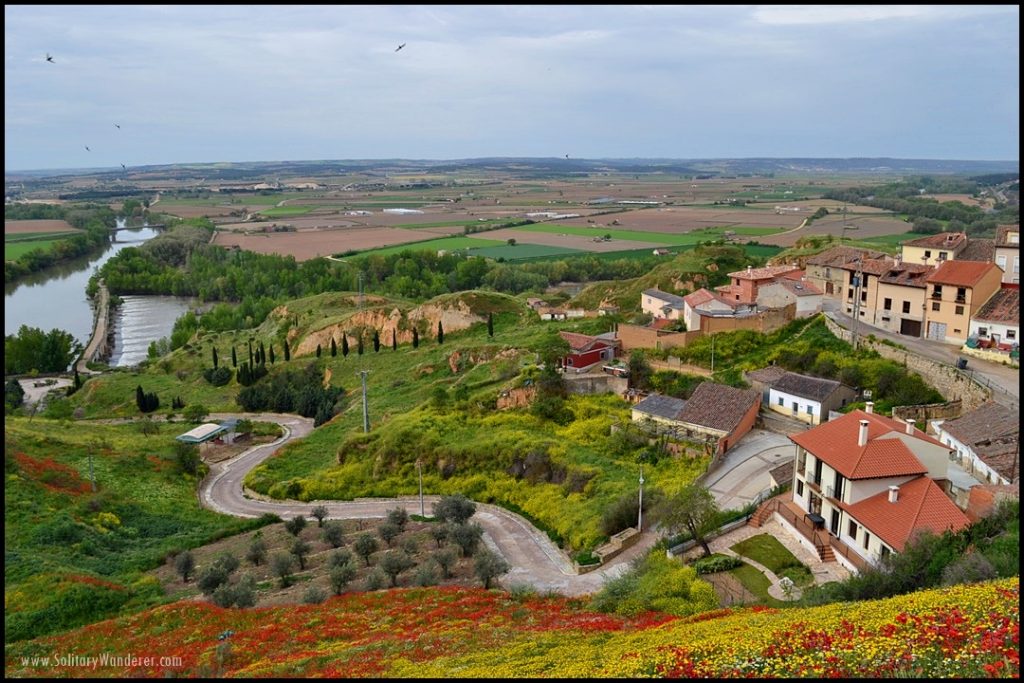
This website uses cookies so that we can provide you with the best user experience possible. Cookie information is stored in your browser and performs functions such as recognising you when you return to our website and helping our team to understand which sections of the website you find most interesting and useful.
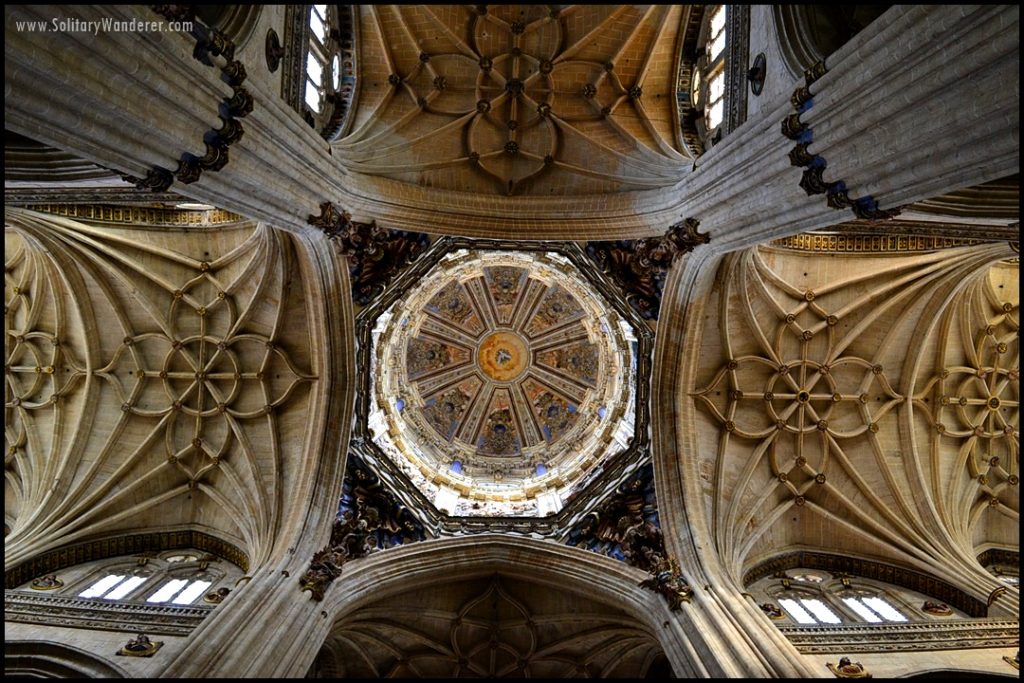
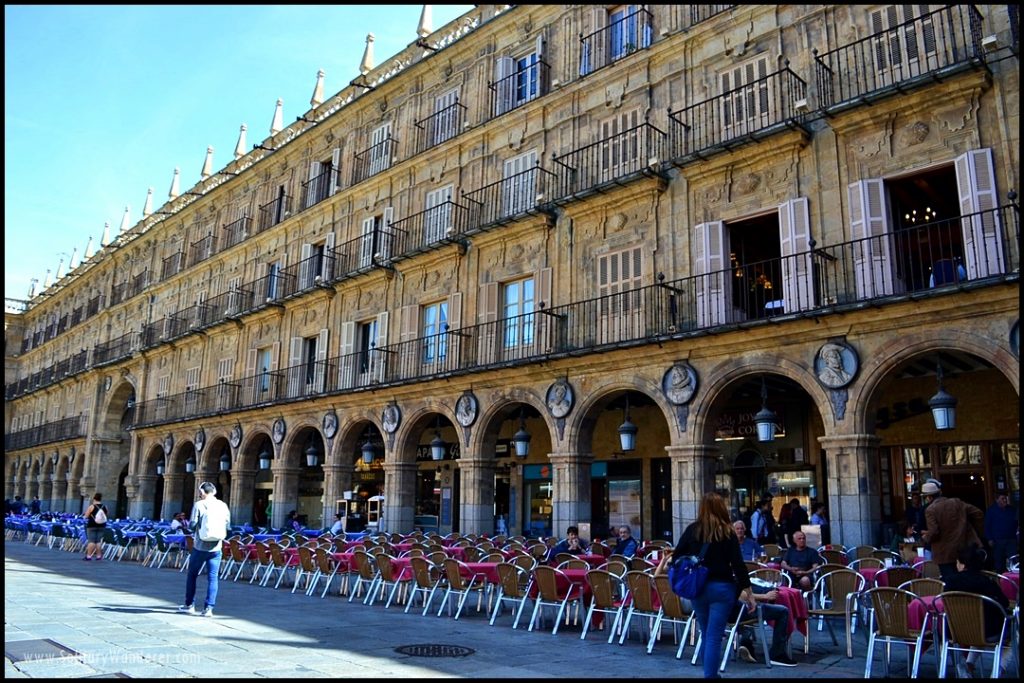
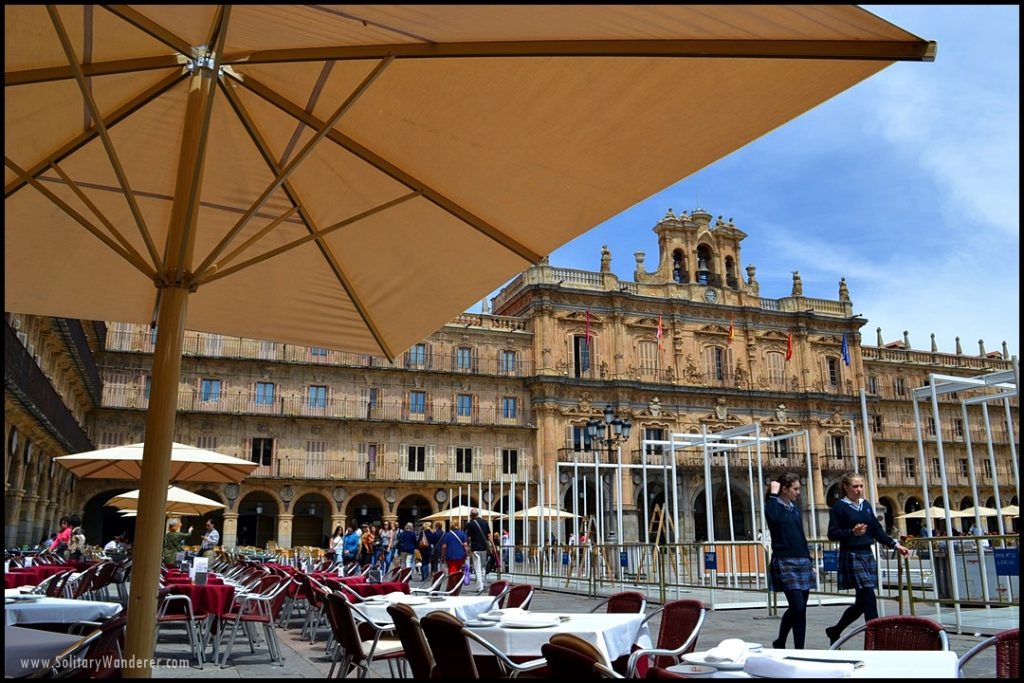



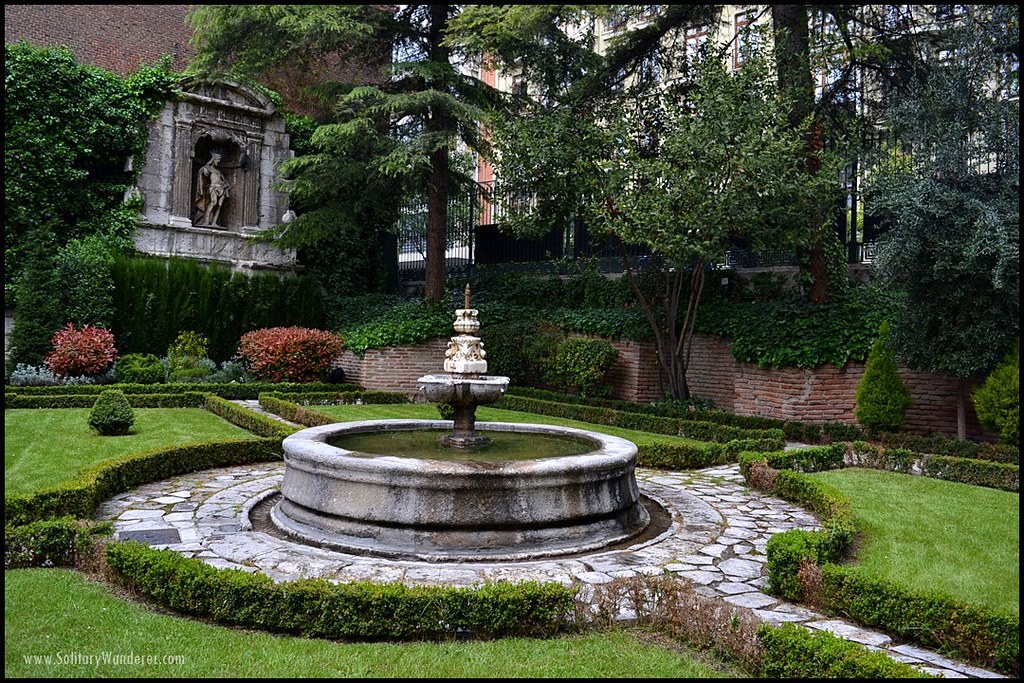
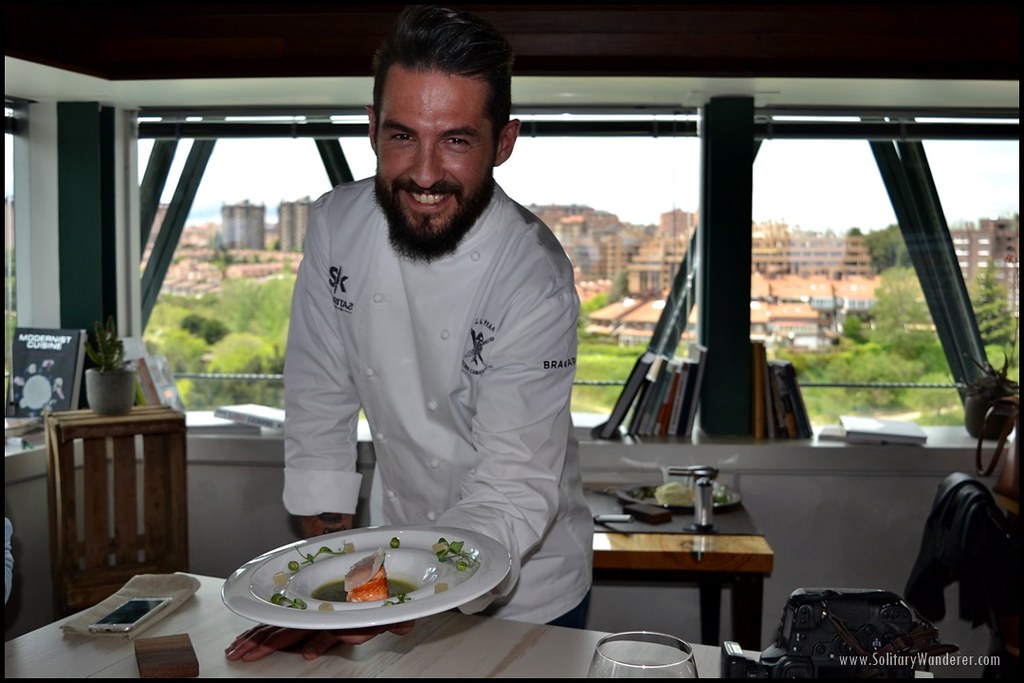
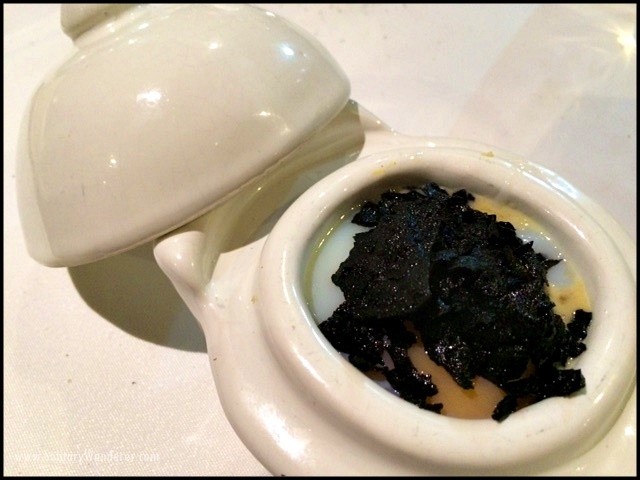
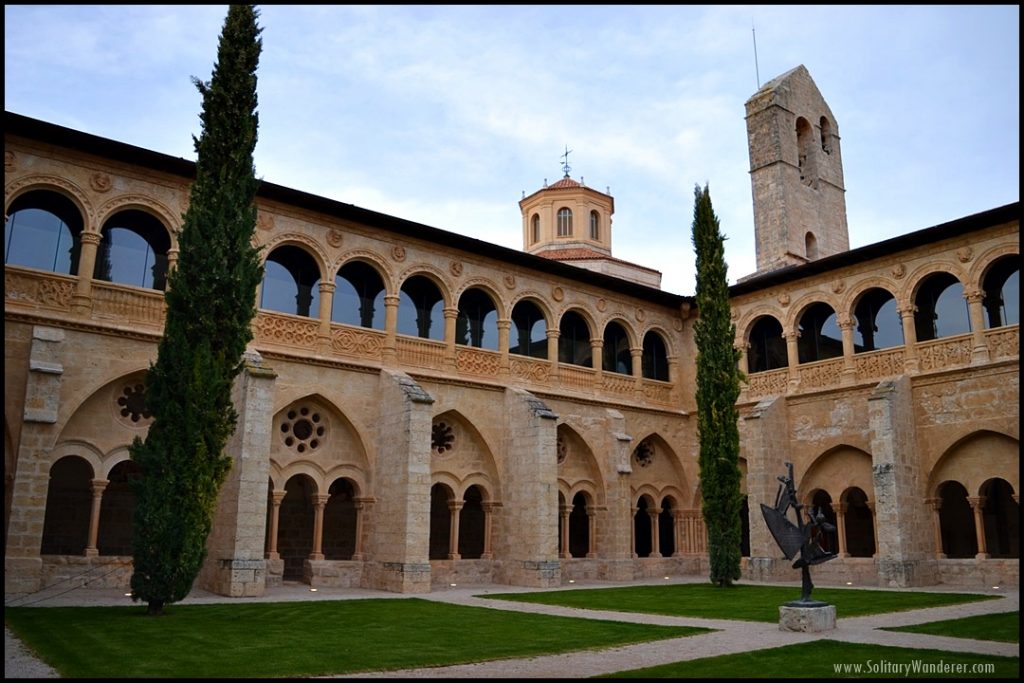
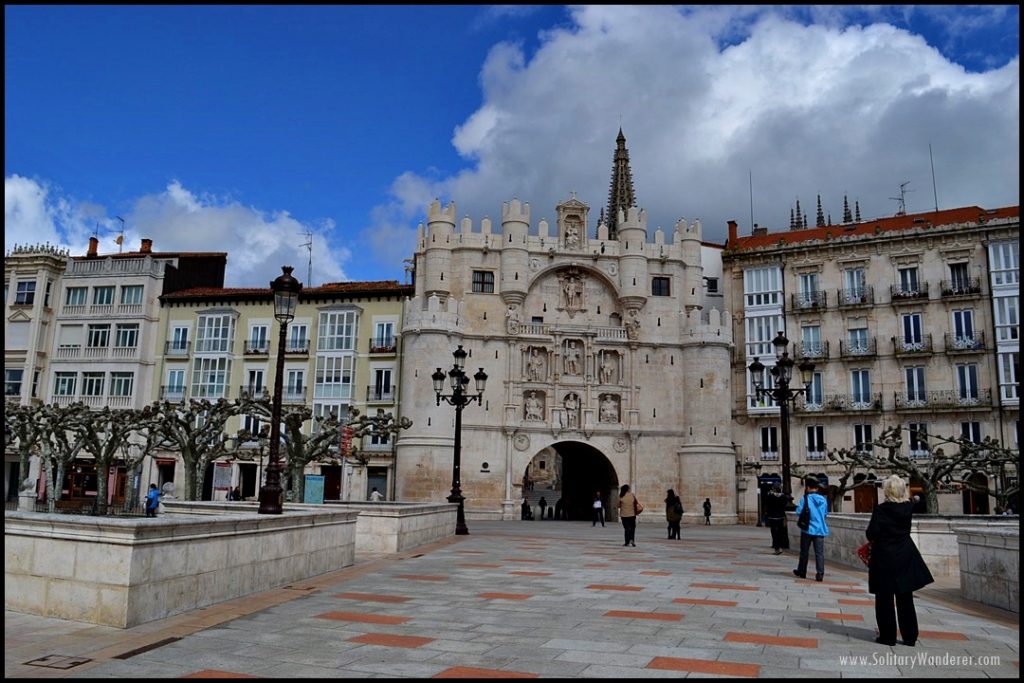
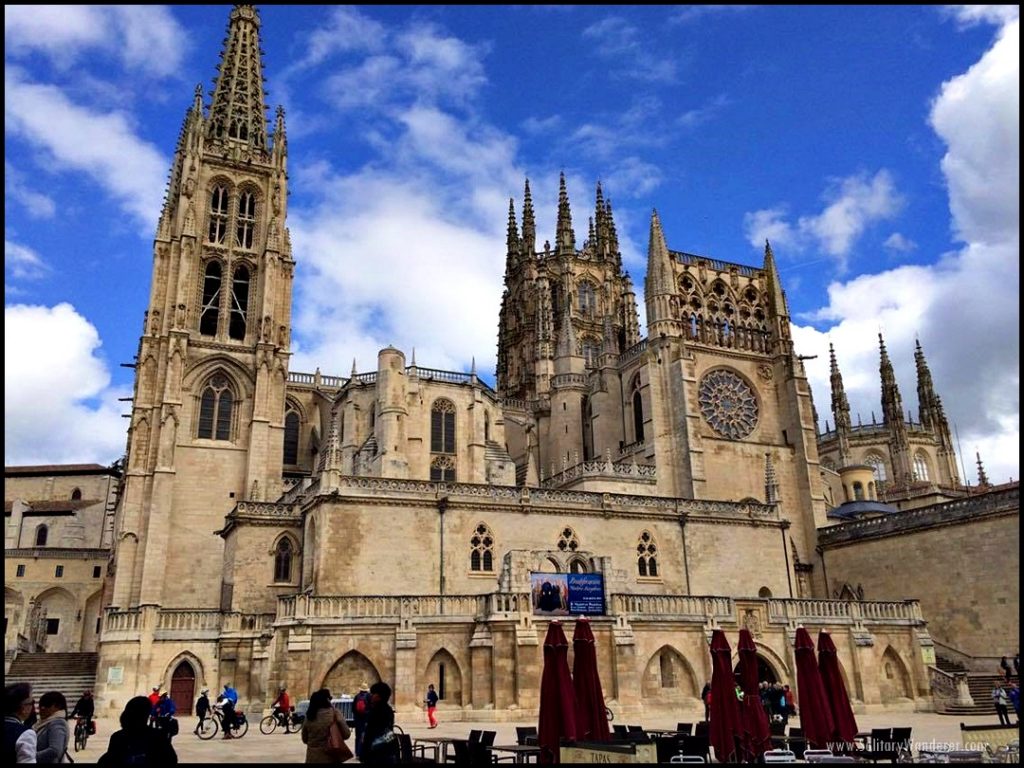
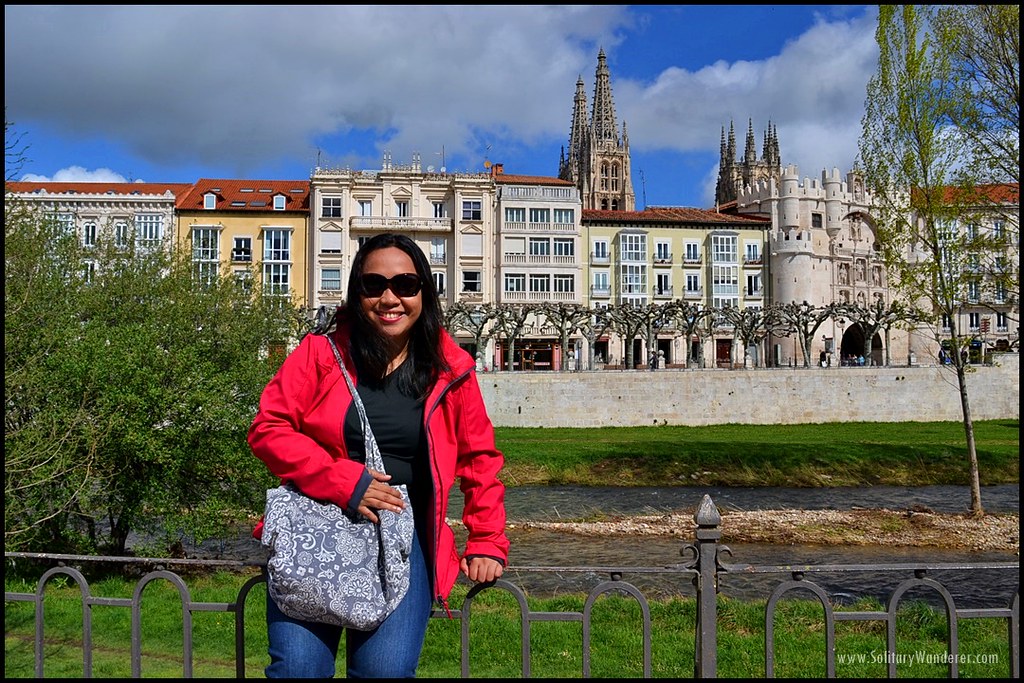


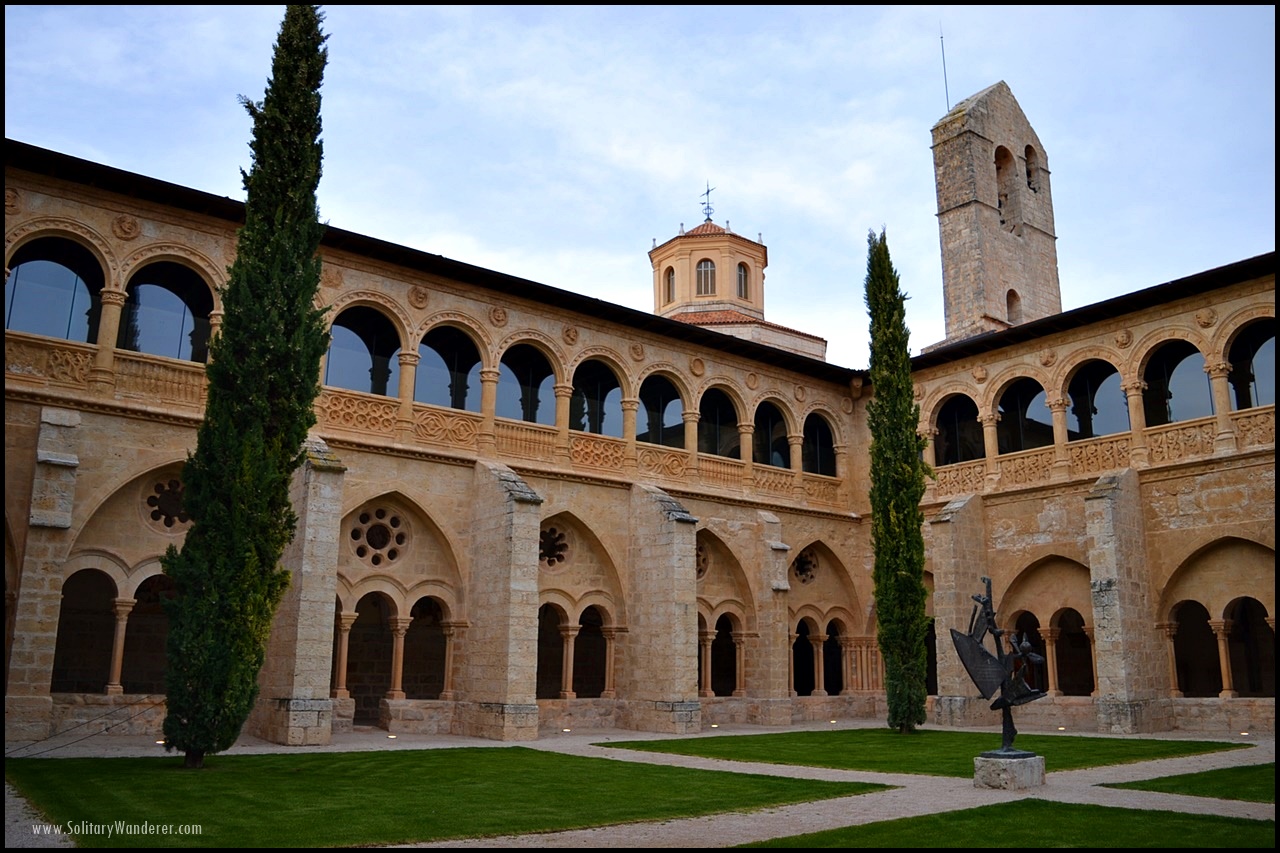


33 Comments. Leave new
Useful post as me and my wife is planning a visit to Spain 1st quarter of next year. So this gave some good inputs 🙂
What an amazing trip! I’ve only been to the Barcelona region but there’s so much more of Spain that I really want to explore. Your photos and guide are a good place for me to start with that research. Great shots!
Beautiful!! I’d love to visit Toro – I hadn’t known of it before. What an incredible trip – thanks for the travel inspiration!
Wow! You’re so lucky to have gotten a chance to visit Spain! I’m also amazed with your 70-day backpacking trip in Europe. Would love to travel more myself!
If a part of Me, being a Filipino is missing. Its visiting the our root. We cant deny the 300+ years influence of Spain to our country which up to this date is here. So one of my dreams is to fly and explore Spain and reconnect our past to this country 🙂
That looks like a lovely trip! I wish I can go to Spain too.
I’d love to visit Castilla y Leon – it looks like such a lovely region, full of history and amazing architecture!
I am so glad you were invited on this trip! What a fantastic experience you had! I love Spain but I only visited Barcelona and Costa Bravo. Thanks to your post Castilla y Leon will be next on my travel list! Pinned it
Wine, cooking, castles! Amazing. You seem to have had an excellent time. Wonderful photographs too.
this is one of the most beautiful places I’ve seen this week. Lovely pictures. Makes me want to change my plans cause I’m doing my Eurotour and I have other places to go to.
I love the eclectic mix of history, culture and delicious food or works of art that can be found in Valladolid, I would love to sample their tapas!
This post just arrived right on time. Haha. I am planning to visit Spain and still undecided where exactly I should go. Castilla y Leon will not be a bad idea. 🙂
Looks like a beautiful location! I would love to explore all the castles! I love to drink wine! Tapas sound fun too! Where do I sign up?? haha!
Many of the buildings are so very grand! The food looks wonderful. I love the photo of the chef – it looks like it should be in a magazine.
What an incredible experience. The cooking demo must have been great! Seeing all of the amazing architecture would be fun too.
Now this is the side of Spain I like reading about – and visiting! The stereotypical view of Spain (at least in the UK) of English pubs, English tourists and booze and – well you know, I can do without. Great article!
Yeah, this is the Spain I love too. Castles, old churches, wine, and food…heaven!
You had me at wine 😛
I love castles, there’s just something about them.. They seem so mysterious to me 🙂
You had me at wine 😀 Toro looks really pretty, like from a fairytale
It is!
Great post! I love how you detailed Castilla y Leon from top to bottom! Nice photos too. I appreciated the lovely architecture of the place. More power to you!
Thanks. The whole province is really beautiful. We only touched a bit of it. Looking forward to explore it more next time.
Such a nice place. The photos of the castle walls are awesome. I would want to go there this year!
Oh definitely visit. CYL is so beautiful!
I love Castilla y Leon – studied abroad in Valladolid in 2015 (Los Zagales is such a treat!!) and, to me, it is the most Spanish part of the country! Even flamboyant Andalusia seems like such a farce.
I haven’t been to Andalusia yet. Hope to be able to spend more time in Spain. There’s so much to see and do there.
SPAIN!!! <3 It has been my dream destination and I hope I can finally go there next year. Thanks for posting this!! I love everything about this post!!!
I will write more! Spain had been my dream destination, too, and I hope to be back there soon.
I was amaze when I read your “70-day backpacking trip in Europe” but this one is far more better thinking it’s for free and only a few were invited to take the trip. I would be overwhelm if it was me, how I wish I had that kind of chance. Super envious 🙂
Anyway, I am interviewing top pinoy travel bloggers and I found you. Are you open for an interview? Kindly let me know if you’re interested. Thank you 🙂
I’m interested! A bit busy, but I’ll find the time to answer your questions. Thanks!